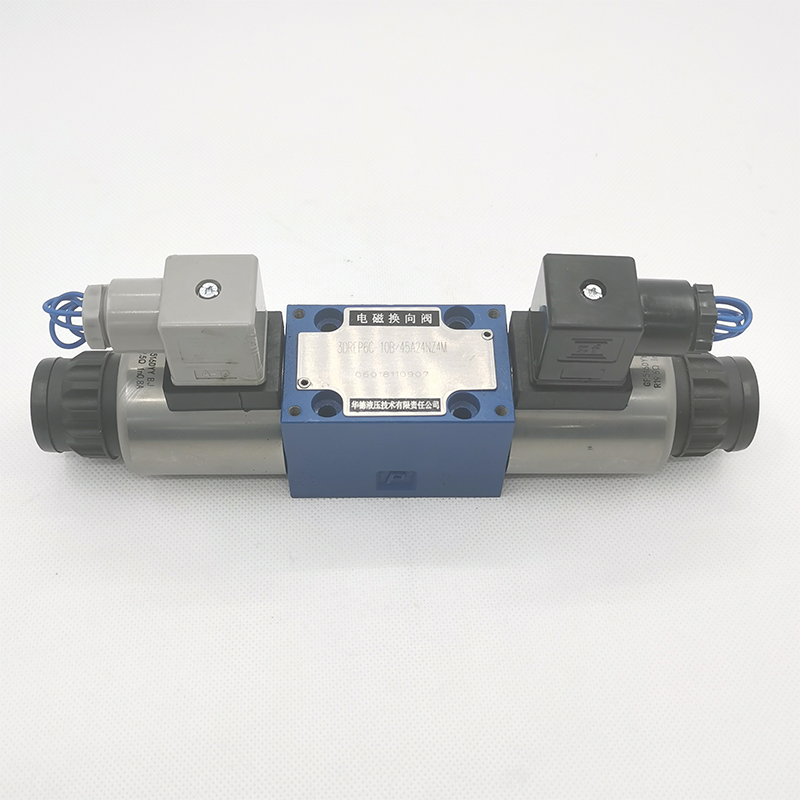What is the principle of a three way valve?
Fluid control systems are the backbone of various industries, enabling the precise management of liquids and gases in diverse applications. Among the key components of such systems, the three-way valve holds a prominent place. Operating on a fundamental principle of fluid dynamics, the three-way valve serves as a versatile tool for diverting, mixing, and regulating fluid flows. This article delves into the principle behind the three-way valve and its significance in modern engineering.
The Basics of the Three-Way Valve
A three-way valve, as the name suggests, is a valve with three openings or ports. It consists of a central chamber with three connections: an inlet, an outlet, and a common port. By manipulating the position of the valve's internal mechanism – typically a ball or a plug – the flow path of the fluid can be directed in various ways. The three-way valve offers three primary operational modes: mixing, diverting, and shut-off.
The Mixing Mode
In the mixing mode, a three-way valve allows two incoming fluid streams to be combined into a single outlet stream. The valve's mechanism positions the common port in such a way that it connects both the inlet ports, enabling the fluids to mix and exit through the common outlet. This mode is widely used in applications where precise blending of different fluids is required, such as chemical processes, pharmaceutical production, and water treatment.

The Diverting Mode
Conversely, the diverting mode directs the flow from a single inlet to either of two outlet ports. By shifting the valve's internal element, the fluid is redirected towards the desired outlet. This configuration is particularly useful when alternating between two different paths, such as changing the flow direction of cooling fluids in heat exchangers or regulating the distribution of fluids in complex piping systems.
Shut-Off and Regulation
While the primary functions of a three-way hydraulic valve involve mixing and diverting, it can also serve as a shut-off valve when needed. By closing the common port, the valve prevents any flow from occurring. This feature is invaluable for maintenance purposes, allowing technicians to isolate a particular section of the system without affecting the overall flow.
Moreover, a three-way valve can provide flow regulation by adjusting the proportions of the mixed or diverted streams. By carefully controlling the position of the internal element, engineers can achieve a precise balance of flow rates, catering to specific requirements in diverse applications.
Applications Across Industries
The principle of the three-way valve finds application in a wide range of industries. In HVAC (Heating, Ventilation, and Air Conditioning) systems, these valves control the mixing of hot and cold water to achieve desired temperatures. They also find use in the control of fluid temperature in industrial processes, managing the distribution of fluids in hydraulic systems, and even regulating the flow of fuel in automotive engines.
Conclusion
The principle of a Huade three-way valve is rooted in its ability to provide versatility in fluid control. Whether mixing, diverting, or regulating flow, this component is a linchpin in modern engineering systems. Its ability to adapt to different operational modes makes it an essential tool in achieving precision, efficiency, and reliability across a multitude of applications. As industries continue to evolve, the principle of the three-way valve remains a cornerstone of fluid control, shaping the technological landscape and contributing to advancements in various sectors.

